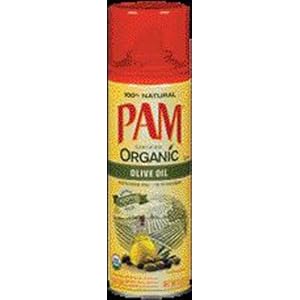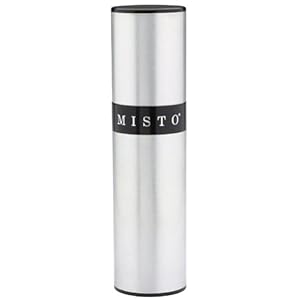I used to love using spray-cans of cooking oils because they were so easy and convenient, and they spread the oil so evenly over the surface. In fact, during the years I was developing recipes for my cookbook I couldn’t have imagined cooking without an aerosol spray can of cooking oil with which to lubricate my cookware.
But then I discovered through the MRT results that my son is very sensitive to soy lecithin, an emulsifier made from the residue of soy sauce manufacturing. Particularly when that soy lecithin is applied through a cooking spray. Even the smallest bit of oil like the amount that rubs onto a rice krispie treat that has cooled in a pan sprayed with an aerosol can of cooking oil would be enough to make him dizzy and nauseated.
Soy lecithin makes things slippery and is added to compounds including rocket fuel and fracking liquid. Although lecithin occurs naturally in eggs and corn, the soy lecithin is an additive that is added to our foods. Many who are sensitive to soy lecithin don’t have a problem with natural sources of lecithins. Unfortunately, soy lecithin may not be the only additive in that cooking spray either.
So I stopped using an aerosol can of spray and tried using a refillable pump to spray oil into Dutch ovens for my Glorious One-Pot Meals. Alas, the pumps seem to clog and break frequently for me, and they do not create an even sheen of oil. I found the pumps so unsatisfying that I abandoned the idea of spraying oil altogether and resigned myself to simply wiping the oil into the pot before cooking.
Then today I learned that Chosen Foods has come out with a series of additive-free cooking sprays and I am so excited to share the news that I’m writing about them before I’ve even tried one! Let me know if you try it out!



